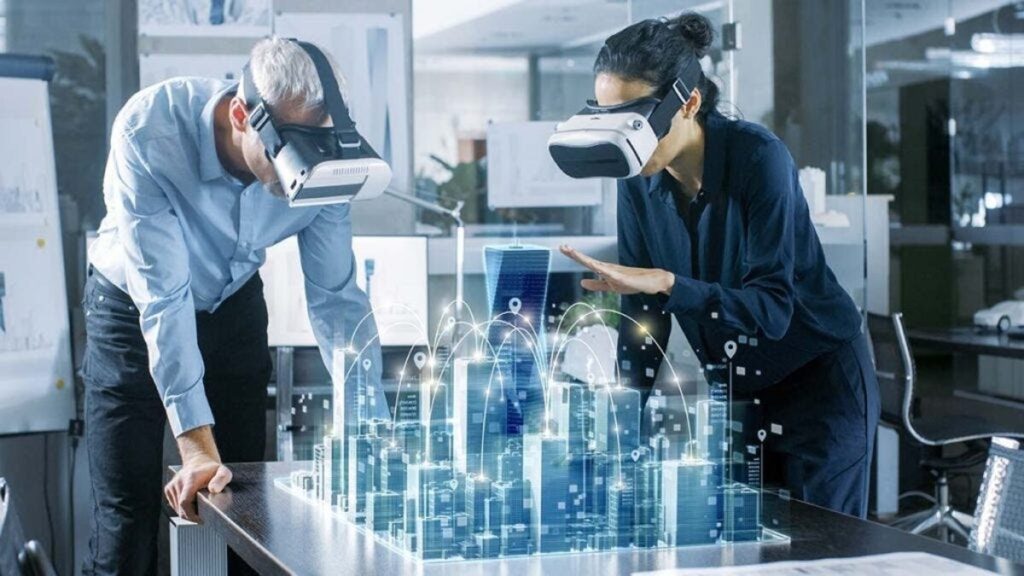Exclusive Neuroject Article: The use of cutting-edge technology in today’s quick-paced world has altered many industries, including architecture. The emergence of Virtual Reality (VR) has completely changed the architectural scene, elevating creativity, and effectiveness, and improving teamwork. This immersive technology is revolutionizing the conception, design, and execution of architectural works, making the outsourcing of architectural projects a more efficient and engaging process, particularly in the context of client communication in construction.
As architectural design is a complicated process that requires multiple technical judgments, architects frequently struggle to properly communicate their designs to clients, especially in the realm of client communication in construction. Presenting architecture plans through the use of 2D drawings or images can be constrained.
Clients’ differing levels of understanding of architectural ideas and their inability to visualize the final product may cause misunderstandings, delays, and exorbitant adjustments. Architects are increasingly using virtual reality (VR) to address these issues, particularly when it comes to client communication in construction. It has been difficult to display photorealistic designs without sophisticated VR installations due to the limitations of most Virtual Reality applications.
Table of Contents
Introduction
As the popularity of virtual reality (VR) continues to rise, businesses are increasingly recognizing its potential. According to recent surveys, over 70% of companies have started exploring the applications of VR in their operations. Virtual reality presentations offer a captivating alternative to traditional slide decks for discussing meeting agendas. These presentations serve a variety of purposes, making them not only unique but also highly practical.
In terms of conveying information effectively and leaving a lasting impact, VR presentations provide more opportunities for engagement compared to conventional methods. Studies have shown that participant engagement increases by nearly 40% when VR presentations are employed, surpassing the limitations of PowerPoint and two-dimensional documents. Consequently, VR finds valuable applications in diverse domains, including training, sales, marketing, and internal client communication in construction, where it proves to be an exceptional presentation tool that effectively communicates ideas and designs, leaving a lasting impression.
VR has a broad spectrum of applications within civil engineering fields. In the realm of design and planning, it allows for the visualization and optimization of architectural designs, urban planning, and infrastructure layouts to excel their client communication in construction. According to industry reports, over 80% of architectural firms have adopted VR for design visualization. In structural analysis, VR can simulate and analyze how structures respond to various loads and conditions. When it comes to construction management, VR aids in on-site project management, progress monitoring, and quality control. Furthermore, in facility management, VR enhances maintenance and operational processes, encompassing asset tracking and inspection, leading to an average cost reduction of 15% in maintenance expenditures for facilities using VR technology.
Suggested article to read: The 7 Benefits of Virtual Reality in Construction
What is VR?
A computer-generated simulation called virtual reality (VR) immerses viewers in a virtual setting that closely resembles the real world. Users can see and interact with a digitally produced area by donning a VR headset. By giving workers access to real-time, on-site information, VR can help to streamline the construction process, particularly in the context of Client Communication in Construction.
In civil engineering, immersive technology can be used for teaching and safety simulations. Virtual reality (VR) may reproduce dangerous events, enabling employees to receive training in a secure setting and preparing them for in-person situations. This application of VR is particularly valuable for enhancing Client Communication in Construction, ensuring that project stakeholders are well-prepared for various scenarios.
The capacity to envision and simulate projects before construction is one of the most important advantages of adopting VR in the construction sector, particularly in the realm of Client Communication in Construction. VR enables the creation of 3D models of structures, infrastructure, and other construction projects by architects, engineers, and project managers. These models may be examined and changed in real-time, enabling stakeholders to work together and decide on the project’s design and planning in an educated manner. By doing so, the possibility of errors can be decreased and projects can be finished on schedule and within budget, ultimately enhancing the effectiveness of Client Communication in Construction.
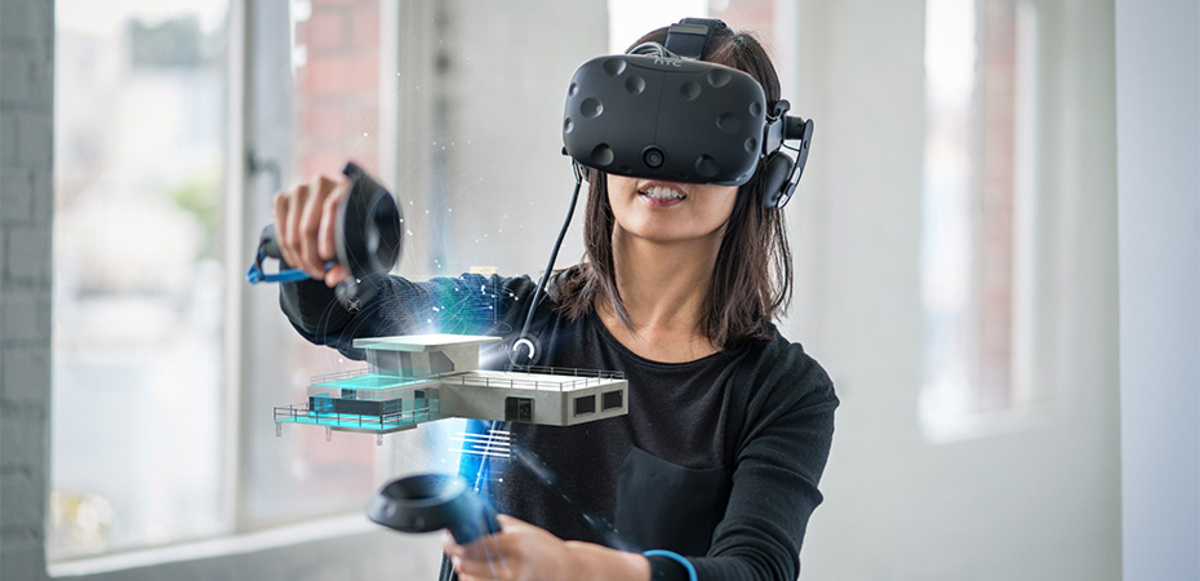
Understanding VR Technology:
The term “Virtual Reality” describes a simulated experience that submerges viewers in a digital setting that replicates real-life or made-up circumstances. Users are visually and acoustically transported into a three-dimensional virtual environment that they may explore and interact with by donning a VR headset or utilizing other immersive technologies. The purpose of virtual reality (VR) is to give people the impression that they are physically present in the virtual environment.
- Immersion: Virtual reality (VR) tries to achieve an immersive experience by obstructing the outside world and exciting the user’s senses with lifelike sounds, images, and occasionally even haptic feedback (physical sensations).
- Head-mounted Display (HMD): VR headsets, which are frequently worn on the head, are the main pieces of hardware used to enjoy VR. Head-mounted Display (HMD). They frequently have a high-resolution display, motion-tracking sensors, and occasionally built-in speakers or headphones.
- Tracking Systems: VR systems make use of tracking technology to let users move around and engage with the virtual environment. These include inside-out tracking, external cameras, infrared sensors, and devices that track the user’s head, hands, and occasionally controllers, as well as their position and movement.
- Controllers: Handheld controllers or motion-tracked cameras are frequently used in virtual reality (VR) to enable users to interact with virtual items or move around in the virtual environment.
- Immersive Experiences: VR applications can range from straightforward 360-degree films to intricate interactive simulations, games, tutorials, or visualizations of buildings. There are different degrees of immersion, with some experiences offering a completely interactive and dynamic virtual environment and others allowing more passive watching.
Virtual reality, especially in the context of Client Communication in Construction, provides customers with the unique opportunity to immerse themselves in a project and engage with it emotionally on a profound level. This immersive experience, characterized by the feeling of physically existing within a virtual environment where all senses are fully engaged, is commonly referred to as “presence.”
The term “tracking” describes a VR system’s capacity to track a user’s position and movements in real-time. The system may then adjust the user’s vision and interact with virtual items as necessary.
Virtual reality (VR) experiences are more realistic and immersive when the user receives haptic feedback, which gives them bodily sensations like vibrations or simulated touch. The size of the visible area that a user can see through a VR, AR, or pair of smart glasses is referred to as the field of view (FOV). The experience is more immersive with a wider FOV. Additionally, stereoscopic vision is a method used in virtual reality to simulate how human vision works by showing slightly distinct visuals to each eye.
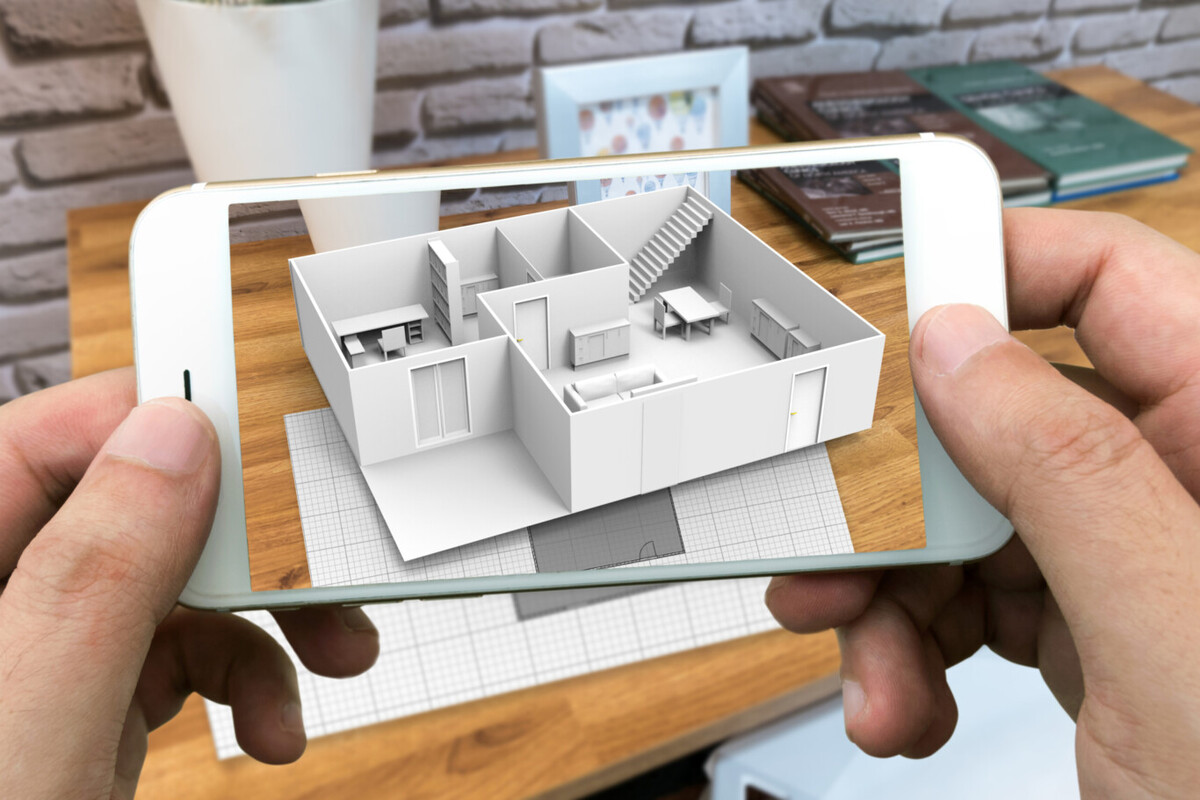
Some Advantages of VR in the Presentation?
One crucial stage toward the financing and approval of a building project is presentation, especially in the context of Client Communication in Construction. Therefore, it shouldn’t be done haphazardly. Even if you have a fantastic project design and ideas, they can all soon be lost if you are unable to display them in a convincing and eye-catching manner. Additionally, be aware that clients and stakeholders want to see as many specifics and details as possible.
Quality: High-Quality Interactive Content
In the realm of Client Communication in Construction, it’s essential to recognize that simple renders or straightforward 3D walkthroughs aren’t always realistic enough to meet the demands of modern customer presentations. Clients often require a more comprehensive and immersive experience when viewing their construction projects in detail. With VR technology, users can efficiently bridge this gap by creating high-quality VR walkthroughs that showcase photorealistic 3D content. This content can be seamlessly integrated from already available tools like Lumion, Enscape, Twinmotion, and more, enhancing the overall client communication and project understanding.
Unlike traditional paper models, animated movies, or 3D renders, VR presentations offer a far more immersive and interactive means of conveying project concepts and designs to stakeholders. By allowing clients and project participants to experience the virtual environment firsthand, VR presentations foster a deeper understanding of the construction project. As a result, it becomes evident that leveraging VR in Client Communication in Construction is not only practical but also highly effective in enhancing communication and comprehension throughout various construction-related processes.
Speed: Leverage Existing 3D Workflows
Client Communication in Construction is crucial for architects and designers so that the process of converting their plans into virtual reality is quick and painless. By leveraging drag-and-drop uploads of 360-degree panoramas from Lumion, Enscape, and Twinmotion for conceptual design reviews and plugins for SketchUp & Revit for thorough design reviews.
Scale: VR Meetings for Collaboration
Client Communication in Construction is essential in today’s rapidly evolving technological landscape. It is essential to be able to present designs in a variety of forms, such as in-person meetings and remote meetings across devices, as clients are getting more sophisticated with the usage of new technologies.
Architects may interact with clients and present designs in VR more easily when designs are stored in the cloud, either in guided mode for in-person meetings or multi-user VR collaboration for distant settings. Instant real-time feedback and cooperation, which are challenging to achieve with conventional techniques, are made possible by this.
Ease of Use: No High-End PCs are Required
Considering that inexpensive, wireless VR headsets like the Meta Quest 2 are now readily available, designers, particularly those involved in Client Communication in Construction, may decide to use simpler VR setups like PC-based VR. With VR, it is simple to get started without needing specialized IT teams or pricey hardware expenditures because designs can be accessed on wireless VR headsets. This accessibility and affordability can greatly enhance the effectiveness of client communication in the construction industry, allowing stakeholders to immerse themselves in projects without significant barriers to entry.
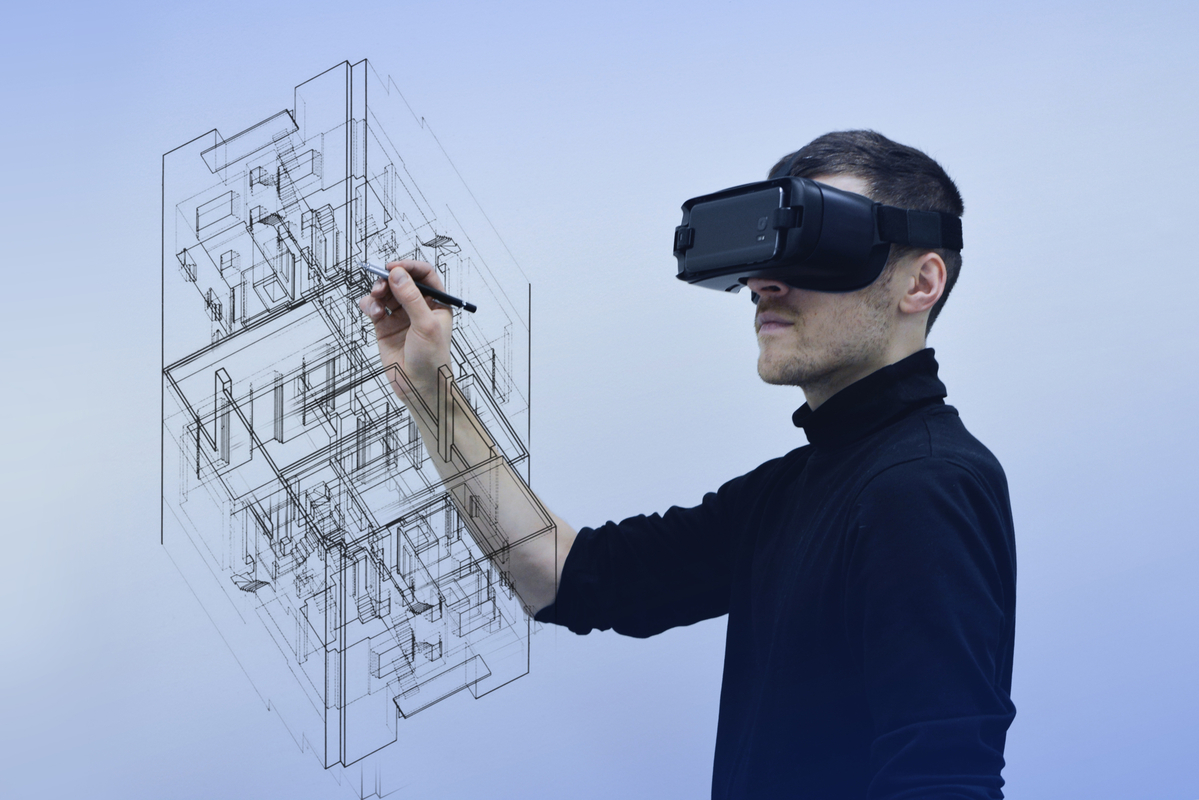
VR & Client Communication in Construction
Construction sites can be hazardous locations with risks like falls, electrocutions, and accidents involving large gear. By enabling workers to train and practice in a virtual environment, virtual reality can assist in improving safety on construction sites. Allowing employees to acquire the knowledge and skills necessary to perform their jobs safely, can assist in lowering the risk of accidents and injuries.
Users of the VR Safety platform can tour and train at their workplace from the convenience and security of their own homes. The platform is a wonderful tool for converting on-the-job training because it works with any computer.
In the construction sector, where miscommunication or misunderstandings can result in expensive mistakes and delays, client communication in construction is essential. By giving stakeholders a common area to work together and share information, virtual reality can aid in improving client communication in construction. With VR, stakeholders can discuss and visualize design concepts, spot possible issues, and collaborate on developing solutions.
In the construction sector, virtual reality may also improve the client experience. Customers can view and experience their project using virtual reality (VR) before it is produced, giving them a greater knowledge of the finished product. This can lower the likelihood of disagreements or misunderstandings and boost client satisfaction.
This phase of project development could be revolutionized by virtual reality. By using virtual reality (VR) in construction, you can give stakeholders a thorough, immersive tour of the imagined building and let them interact with it as if it were already finished. Virtual reality can provide a level of depth and immersion that is above what is possible with conventional presenting techniques, which can help you communicate your message more clearly.
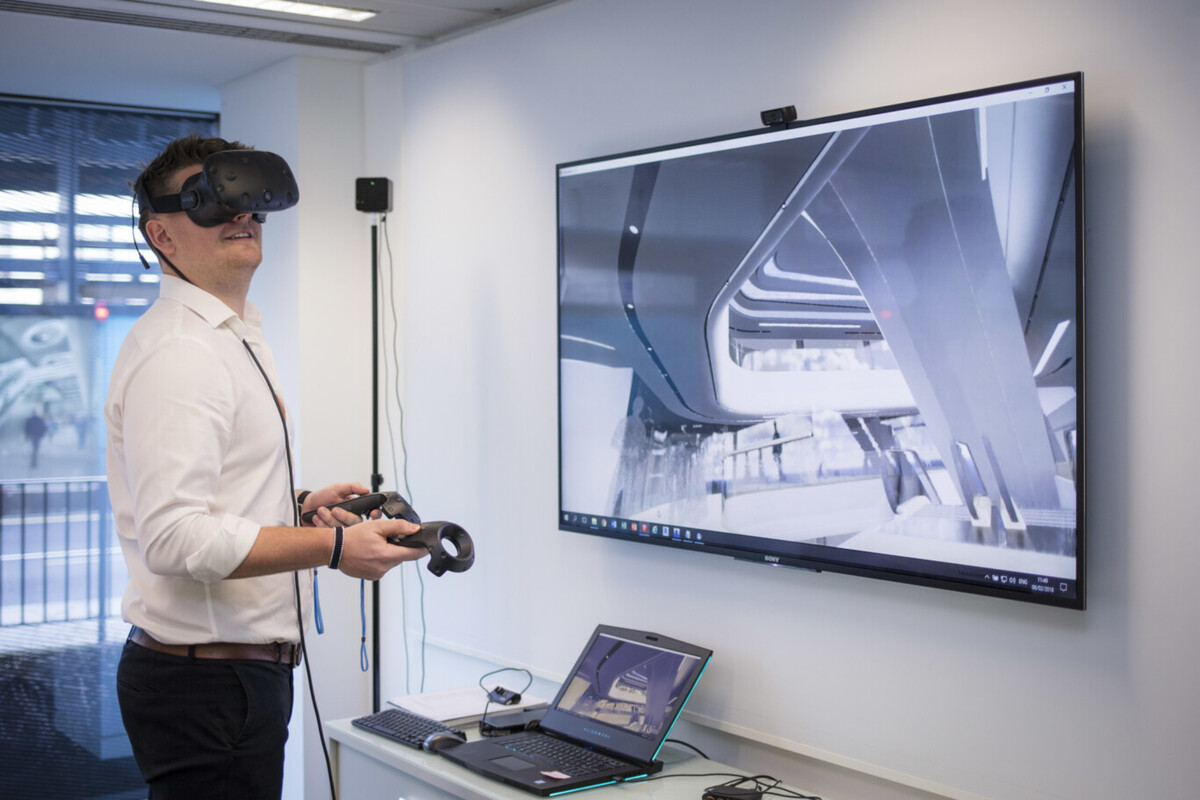
VR in the Presentation
Given its importance in obtaining project clearance and finance, the presentation stage in Client Communication in Construction should not be treated lightly. Even if your project concept and design are excellent, the likelihood of its success might drastically decline if you are unable to communicate it in a realistic and visually appealing way. Investors and stakeholders are looking for thorough explanations and specifics.
A virtual reality-based immersive presentation, especially in Client Communication in Construction, has a remarkable allure that surpasses the ability of a 3D render, paper model, or even an animated video to represent your idea. Using VR in construction to let potential stakeholders experience your idea is a superb tactic for producing an arresting exhibition.
This convincing justification highlights the many advantages of using VR in real estate and Client Communication in Construction. This new era of immersive technology in the construction sector makes it easier for potential investors, clients, and other stakeholders to perceive, interact with, and comprehend the proposed constructions in a much more realistic and entertaining way.
Conclusion
Virtual reality stands as a transformative technology with immense potential, poised to revolutionize the construction sector. The impact of virtual reality (VR) extends across the entire construction project lifecycle, from enhancing initial design and planning stages to elevating safety standards and delivering unparalleled customer experiences.
When it comes to the outsourcing of architectural services, VR emerges as an invaluable asset. Its integration enables efficient collaboration among geographically dispersed teams, fostering seamless client communication in construction and bolstering design visualization. Architectural processes are streamlined, resulting in significant time and cost savings. As the architectural landscape continues to evolve, technology is expected to play an increasingly pivotal role in the outsourcing-driven transformation of this industry.
The advent of VR technology has ushered in a renaissance in architectural outsourcing, ushering in a new era of collaboration and innovation. This cutting-edge technology not only promotes cooperative efforts but also redefines client communication in construction norms, making it easier for architectural professionals to work together irrespective of their geographical locations.
It provides architects with powerful design and evaluation tools that were previously unimaginable. Embracing VR is likely to become a cornerstone in shaping the future of architectural outsourcing, ensuring that the architectural business remains agile and responsive to evolving demands and opportunities in a rapidly changing world.
Resources:
Medium | ArchDaily | 4Experience | Pro Crew Schedule | pfa architecture | MEP Academy | VREX
For all the pictures: Chapman Taylor | EUA

